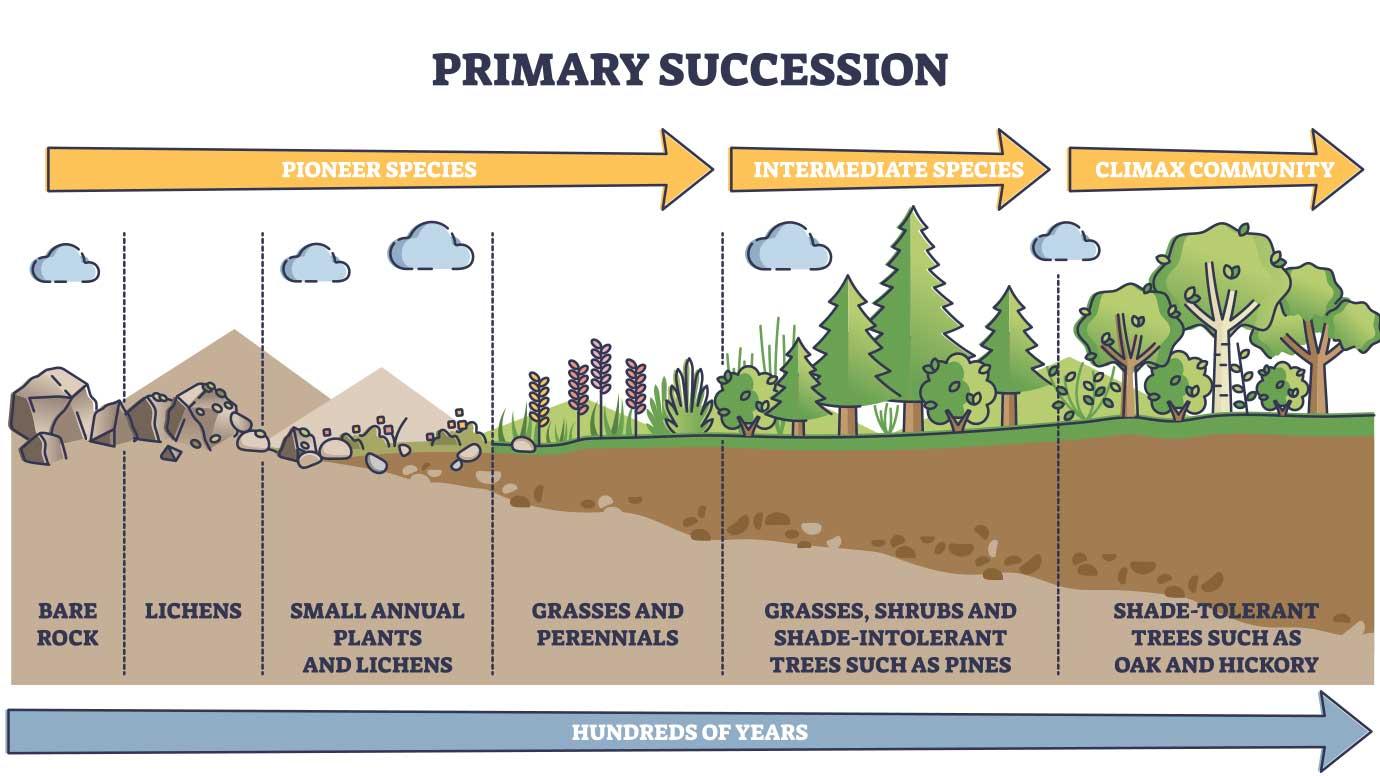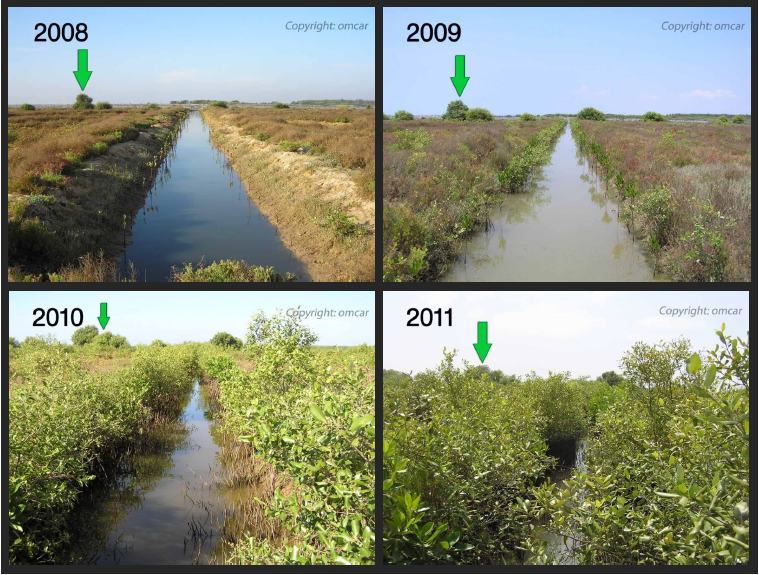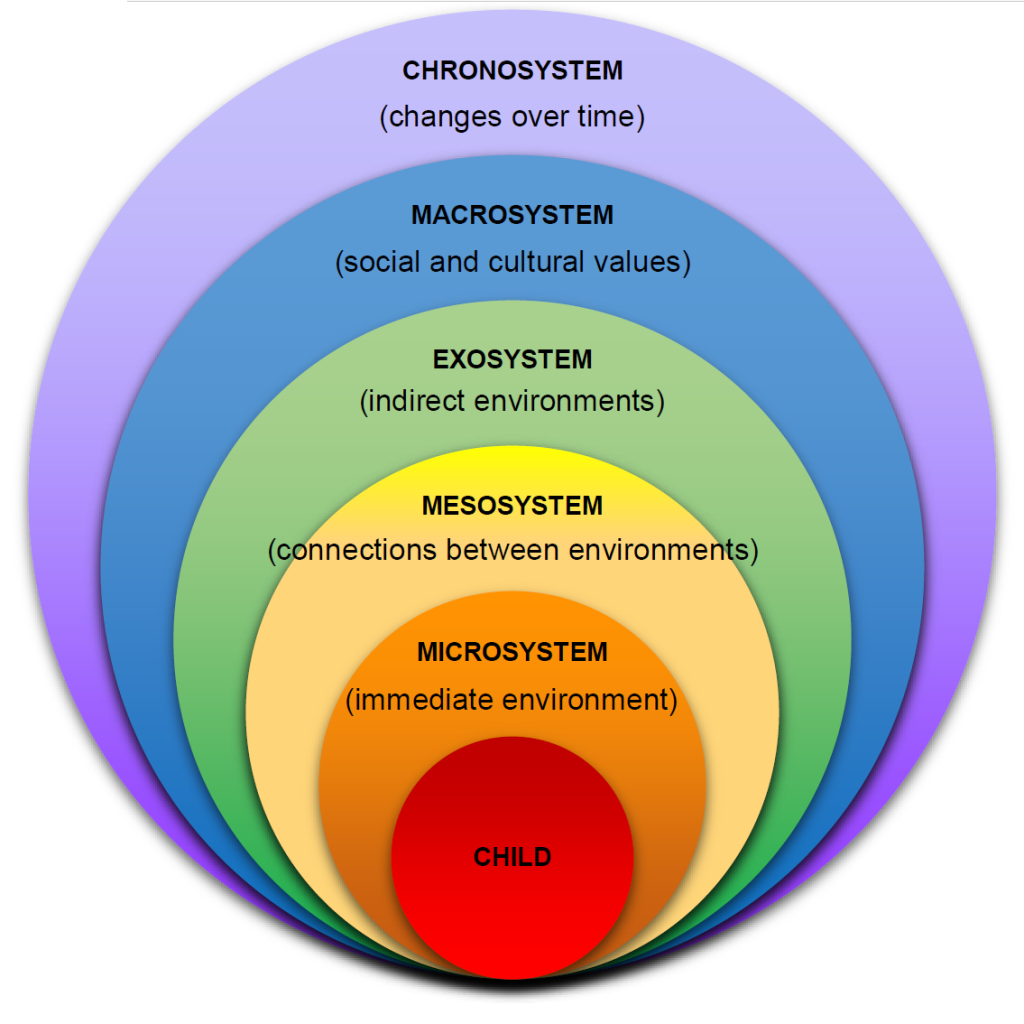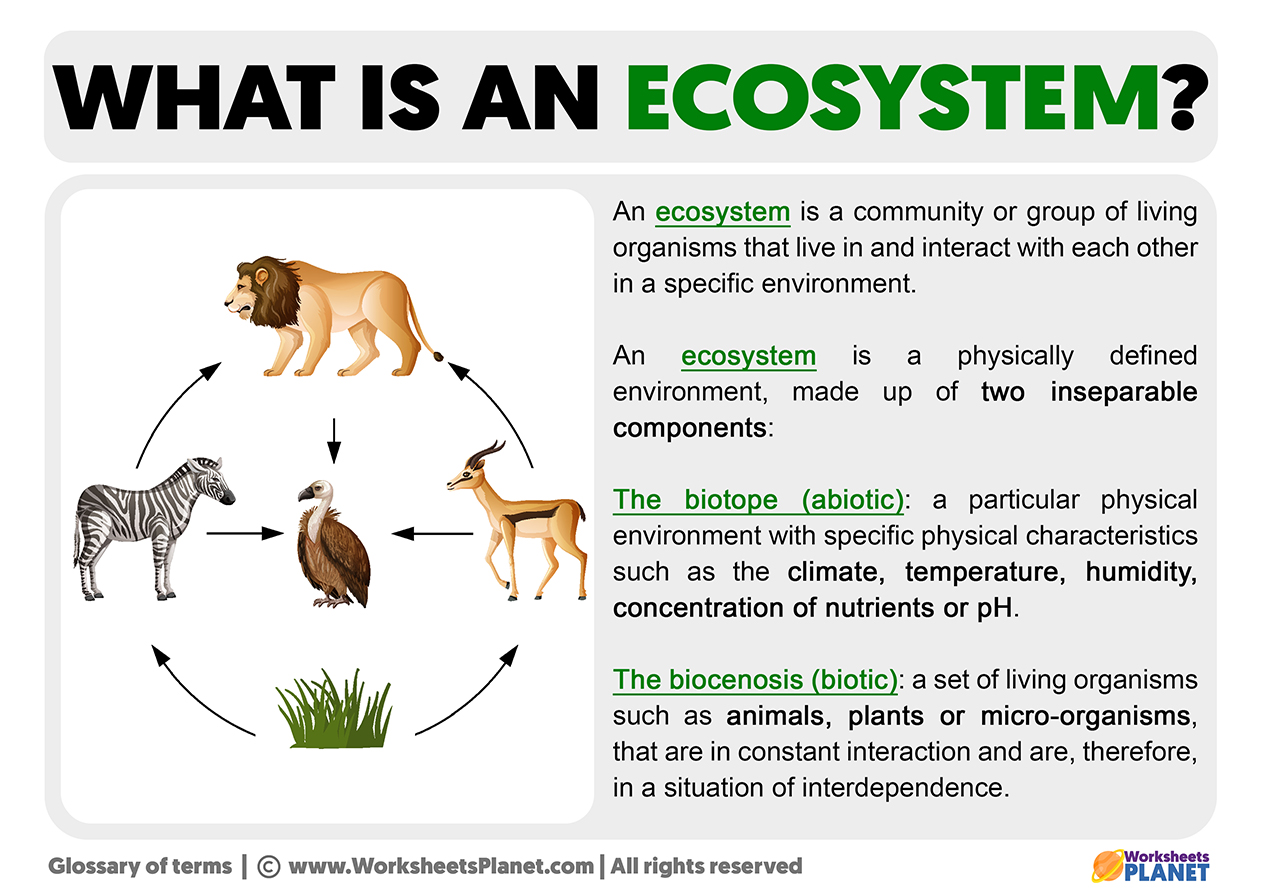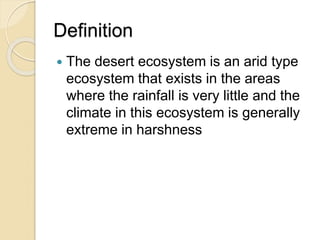Topic define ecosystem geography: Explore the fascinating world of ecosystem geography, where the complex interplay between living organisms and their physical environment unfolds, revealing the intricate balance of our planet.
Table of Content
- What is the definition of ecosystem geography?
- Understanding Ecosystems in Geography
- Components of an Ecosystem: Biotic and Abiotic Factors
- Types of Ecosystems: Terrestrial, Aquatic, and Marine
- The Role of Energy Flow and Nutrient Cycles
- Ecosystem Services: Benefits to Humans and the Environment
- Human Impact on Ecosystems: Conservation and Sustainability
- YOUTUBE: What Is An Ecosystem
- Case Studies: Examples of Ecosystem Management and Restoration
- Emerging Technologies in Ecosystem Monitoring and Preservation
- The Future of Ecosystems: Challenges and Opportunities
What is the definition of ecosystem geography?
An ecosystem in geography refers to a geographic area where living organisms, such as plants and animals, interact with each other and their physical environment. The concept of ecosystem geography encompasses the study of how biotic (living) and abiotic (non-living) elements within a particular geographical location interact and depend on each other.
- Ecosystems can vary in size and complexity, ranging from a small pond to a vast rainforest.
- The exchange of energy and materials within an ecosystem is a fundamental process that sustains life.
- Geographers study ecosystems to understand how different factors such as climate, topography, and human activities influence the distribution and functioning of ecosystems.
- Changes in ecosystems can have significant impacts on biodiversity, ecosystem services, and the overall health of the planet.
READ MORE:
Understanding Ecosystems in Geography
Ecosystem geography delves into the study of ecosystems, which are dynamic systems made up of living organisms (biotic components) and their physical environment (abiotic components), interacting as a unit. This field explores how these systems are distributed across the Earth, their processes, and the influence of human activities on them.
- Biotic Components: These include all living organisms within an ecosystem, from microscopic bacteria to large mammals, all playing specific roles.
- Abiotic Components: These are the non-living parts of an ecosystem, such as climate, soil, water, and minerals, that influence the living organisms.
- Energy Flow: Ecosystems are characterized by the flow of energy through food chains and webs, starting from producers to consumers and decomposers.
- Nutrient Cycles: The recycling of nutrients, like carbon, nitrogen, and phosphorus, is crucial for sustaining life within ecosystems.
Geographers study ecosystems to understand their spatial patterns, how they function, and how they are affected by natural and human-induced changes. This knowledge is vital for developing strategies for conservation and sustainable management of ecosystems to ensure the well-being of our planet.
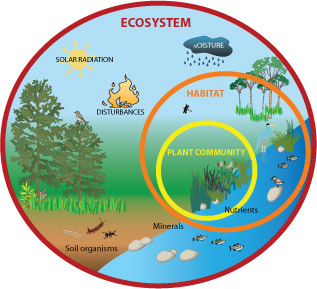
Components of an Ecosystem: Biotic and Abiotic Factors
An ecosystem is a complex network of interactions among the living organisms (biotic factors) and their physical environment (abiotic factors). Understanding these components is crucial for grasping how ecosystems function and sustain life.
- Biotic Factors: These are the living components of an ecosystem, which include:
- Producers (autotrophs): Organisms that synthesize their own food from sunlight or chemical energy, such as plants and algae.
- Consumers (heterotrophs): Organisms that cannot produce their own food and need to consume other organisms. They are classified as primary, secondary, and tertiary consumers, depending on their role in the food chain.
- Decomposers: Organisms, such as bacteria and fungi, that break down dead organisms, returning essential nutrients to the soil.
- Abiotic Factors: These are the non-living physical and chemical elements that affect living organisms, including:
- Climate: Temperature, precipitation, and other climatic factors that influence the types of organisms that can survive in an ecosystem.
- Water: Availability of freshwater sources for hydration, transportation, and habitat.
- Soil: The type and quality of soil affect the types of plants that can grow, which in turn support various animal species.
- Light: The availability of sunlight affects photosynthesis in plants, which is the foundation for most ecosystems.
- Other factors include altitude, pH levels, and mineral nutrients.
Both biotic and abiotic factors are interdependent, creating a balance within ecosystems that allows for the diverse forms of life on Earth. Understanding these interactions is key to conserving ecosystems and ensuring their resilience against environmental pressures.
Types of Ecosystems: Terrestrial, Aquatic, and Marine
Ecosystems on Earth are broadly categorized into terrestrial, aquatic, and marine ecosystems, each with unique characteristics and life forms. Understanding these types provides insight into the biodiversity of our planet.
- Terrestrial Ecosystems: These ecosystems are found on land and include forests, grasslands, deserts, and tundra. They are characterized by the type of vegetation they support, which is largely determined by climate, soil type, and altitude.
- Forests are rich in biodiversity and include tropical, temperate, and boreal forests.
- Grasslands are open areas where grasses predominate, including savannas and prairies.
- Deserts are arid regions with sparse vegetation, adapted to extreme conditions.
- Tundra is found in polar regions, characterized by cold temperatures and short growing seasons.
- Aquatic Ecosystems: These include freshwater bodies like lakes, rivers, ponds, and wetlands. Life in these ecosystems is adapted to the water"s salt content, depth, and flow.
- Lakes and ponds are standing bodies of water with distinct ecological zones.
- Rivers and streams are flowing waters that support diverse communities along their paths.
- Wetlands are areas where water covers the soil, either permanently or seasonally, and support specially adapted plant and animal life.
- Marine Ecosystems: Covering over 70% of the Earth"s surface, these ecosystems include oceans, coral reefs, and estuaries. They are characterized by their saltwater environment.
- Oceans are vast bodies of saltwater, divided into different zones (e.g., pelagic, benthic) each hosting unique life forms.
- Coral reefs are known for their incredible biodiversity and are often referred to as the "rainforests of the sea."
- Estuaries are dynamic environments where freshwater from rivers meets and mixes with saltwater from the sea, creating nutrient-rich habitats.
Each type of ecosystem plays a crucial role in maintaining the Earth"s biodiversity and provides essential services to human society, including food, fresh water, and climate regulation.

The Role of Energy Flow and Nutrient Cycles
The sustainability of ecosystems relies on the continuous flow of energy and recycling of nutrients, facilitating the complex interactions between organisms and their environment.
- Energy Flow: Energy enters ecosystems through photosynthesis, as plants (producers) capture solar energy. This energy is then transferred through the ecosystem via food chains and webs, from producers to consumers (herbivores, carnivores) and finally to decomposers, which break down dead organisms, releasing energy back into the environment. This flow is unidirectional, meaning energy is not recycled within ecosystems but flows through them.
- Primary production is the synthesis of organic material from inorganic substances through photosynthesis.
- Secondary production refers to the generation of biomass by heterotrophic organisms consuming primary producers.
- Nutrient Cycles: Unlike energy, nutrients are recycled within ecosystems. Key nutrient cycles include the carbon, nitrogen, phosphorus, and water cycles, each essential for maintaining the health and productivity of ecosystems.
- The carbon cycle involves the exchange of carbon among the biosphere, pedosphere, geosphere, hydrosphere, and atmosphere of the Earth.
- The nitrogen cycle is a process by which nitrogen is converted between its various chemical forms, which is a crucial part of the biosphere"s productivity.
- The phosphorus cycle is essential for the creation of DNA, cell membranes, and for bone and teeth formation in animals.
- The water cycle describes the continuous movement of water on, above, and below the surface of the Earth.
Understanding the energy flow and nutrient cycles is crucial for managing ecosystems sustainably, ensuring that natural resources are available for future generations.
Ecosystem Services: Benefits to Humans and the Environment
Ecosystem services are the many and varied benefits that ecosystems provide to humanity, essential for our survival and well-being. These services are broadly categorized into provisioning, regulating, supporting, and cultural services.
- Provisioning Services: These are the products obtained from ecosystems, including:
- Food: Fruits, vegetables, fish, and meat sourced from natural habitats.
- Water: Freshwater ecosystems provide drinking, agricultural, and industrial water.
- Raw materials: Wood, fibers, and other materials for construction, clothing, and more.
- Medicinal resources: Many medicines are derived from plant and animal products found in various ecosystems.
- Regulating Services: Ecosystems regulate essential environmental processes, such as:
- Climate regulation: Forests and oceans act as carbon sinks, helping to regulate the Earth"s climate.
- Flood regulation: Wetlands absorb excess rainfall, reducing flood risks.
- Pollination: Bees and other pollinators are vital for the reproduction of many plant species, including crops.
- Disease regulation: Healthy ecosystems can control the spread of certain diseases.
- Supporting Services: These are necessary for the production of all other ecosystem services, including:
- Nutrient cycling: The recycling of nutrients is crucial for soil fertility and plant growth.
- Soil formation and retention: Ecosystems contribute to the formation of soil and prevent its erosion.
- Oxygen production: Through photosynthesis, plants produce oxygen, essential for most life forms.
- Cultural Services: Ecosystems provide recreational, aesthetic, and spiritual benefits, such as:
- Recreational opportunities: Natural parks and reserves offer spaces for outdoor activities.
- Aesthetic appreciation: Many people find spiritual and emotional value in nature"s beauty.
- Educational resources: Ecosystems serve as outdoor classrooms for learning about nature.
The recognition and preservation of ecosystem services are vital for environmental sustainability, economic development, and improving the quality of human life.

Human Impact on Ecosystems: Conservation and Sustainability
Human activities have profound impacts on ecosystems, affecting their ability to provide essential services. Conservation and sustainability efforts aim to mitigate these effects, ensuring ecosystems can continue to support both biodiversity and human well-being.
- Deforestation and Habitat Loss: The clearing of forests for agriculture, logging, and urban development leads to loss of biodiversity and disruption of ecosystems. Conservation efforts include protected areas, reforestation, and sustainable land management practices.
- Pollution: Air, water, and soil pollution from industrial activities, agriculture, and waste disposal harm ecosystems. Implementing stricter pollution controls and promoting cleaner technologies are vital for reducing environmental impacts.
- Climate Change: Global warming affects ecosystems by altering weather patterns, sea levels, and habitats. Efforts to reduce greenhouse gas emissions and enhance ecosystem resilience are crucial to address climate change impacts.
- Overexploitation of Resources: Overfishing, unsustainable hunting, and water use deplete resources faster than they can be replenished. Sustainable management of natural resources is essential to prevent ecosystem collapse.
- Invasive Species: The introduction of non-native species can disrupt local ecosystems, leading to loss of native species. Management strategies include preventing introductions and controlling or eradicating invasive species.
- Conservation Strategies: These include establishing protected areas, biodiversity conservation projects, ecological restoration, and promoting sustainable practices in agriculture, forestry, and fisheries.
- Public Awareness and Education: Educating the public about the importance of ecosystems and the impacts of human activities is critical for fostering a culture of conservation and sustainability.
Through concerted efforts in conservation and sustainable management, it is possible to reduce human impacts on ecosystems and ensure their health and productivity for future generations.
What Is An Ecosystem
Explore the fascinating world of ecosystems in our captivating video! Learn about the intricate balance of nature, the diversity of plant and animal life, and the importance of protecting these vital systems for a sustainable future.
What is an Ecosystem AQA GCSE Geography Ecosystems 1
Dive into the world of AQA GCSE Geography with our engaging video that covers key topics, exam tips, and interactive study tools to help you ace your exams. Join us on a journey of discovery and unlock your potential in geography!
Case Studies: Examples of Ecosystem Management and Restoration
Ecosystem management and restoration projects around the world demonstrate effective strategies for conserving biodiversity and enhancing ecosystem services. These case studies highlight the positive impacts of human intervention in damaged or threatened ecosystems.
- The Everglades Restoration Project, USA: Aimed at restoring the natural flow of water to this vast wetland, the project addresses water quality and distribution issues, benefiting both natural habitats and human communities.
- The Great Green Wall, Africa: This ambitious initiative seeks to combat desertification across the Sahel region by planting a vast belt of trees. It aims to restore degraded lands, enhance food security, and combat poverty.
- The Amazon Reforestation Effort: Efforts to replant trees in the Amazon rainforest focus on restoring one of the planet"s most biodiverse areas, combating deforestation, and mitigating climate change.
- The Coral Triangle Initiative, Southeast Asia: This program addresses the threats to coral reefs in one of the most biodiverse marine areas in the world, including overfishing and climate change, through marine protected areas and sustainable management practices.
- The Yangtze River Basin Conservation Project, China: This project focuses on protecting habitats, species, and water quality in the Yangtze River basin, promoting sustainable development alongside conservation.
These case studies exemplify the global commitment to ecosystem management and restoration, showcasing the potential for positive change through concerted effort and innovation.
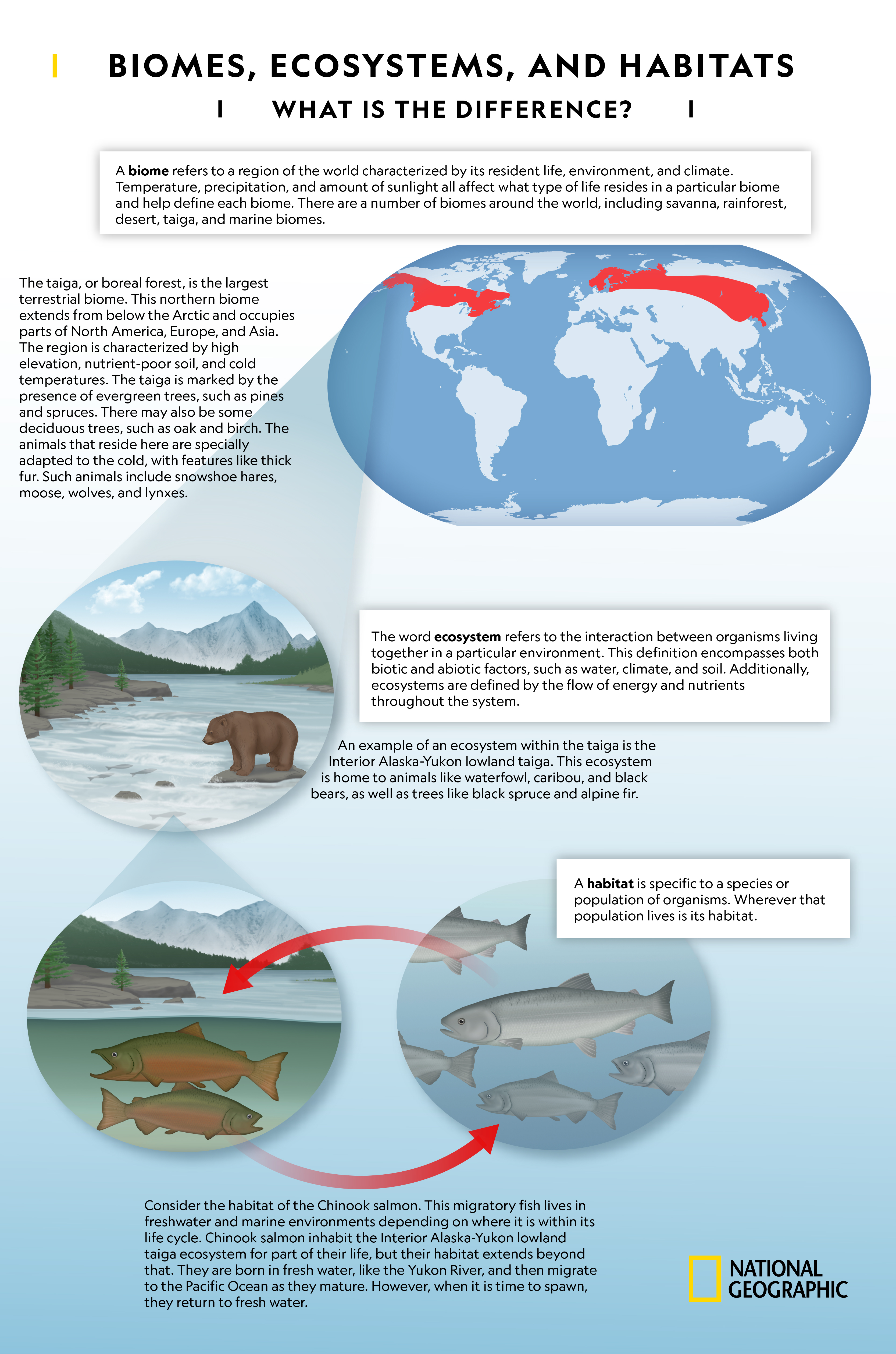
Emerging Technologies in Ecosystem Monitoring and Preservation
Advancements in technology are revolutionizing the ways in which ecosystems are monitored and preserved. These emerging tools offer unprecedented opportunities for understanding, protecting, and restoring natural environments.
- Remote Sensing and Satellite Imagery: Satellites provide comprehensive data on land use, vegetation cover, and changes in ecosystems over time, enabling targeted conservation efforts.
- Drones and Aerial Surveillance: Drones offer a close-up view of hard-to-reach areas, helping in mapping, wildlife monitoring, and assessing the health of ecosystems.
- Artificial Intelligence and Machine Learning: AI technologies analyze vast amounts of environmental data, predicting trends, identifying threats, and guiding conservation strategies.
- GIS and Spatial Analysis: Geographic Information Systems (GIS) are critical for mapping habitats, tracking species distributions, and planning conservation areas.
- Environmental DNA (eDNA): eDNA analysis detects genetic material left by organisms in the environment, providing a non-invasive way to monitor biodiversity.
- Blockchain for Sustainability: Blockchain technology supports sustainable resource management and traceability, ensuring the ethical sourcing of natural resources.
- Citizen Science Platforms: Digital platforms enable volunteers to contribute to data collection and monitoring, enhancing community engagement in conservation efforts.
These technologies, combined with traditional conservation methods, are key to advancing ecosystem preservation efforts, offering hope for the sustainable management of our planet"s natural resources.
READ MORE:
The Future of Ecosystems: Challenges and Opportunities
The future of ecosystems is at a critical juncture, facing both significant challenges and opportunities. Addressing these effectively will determine the health and resilience of our planet"s ecosystems for generations to come.
- Climate Change: One of the most pressing challenges, climate change threatens ecosystems through extreme weather, rising sea levels, and changing habitats. Mitigation and adaptation strategies are crucial to protect biodiversity and ecosystem services.
- Loss of Biodiversity: The accelerating rate of species extinction poses a severe threat to ecosystems" functionality. Efforts to conserve habitats and protect endangered species are vital for maintaining ecological balance.
- Human Population Growth: Expanding human populations increase pressure on ecosystems through urbanization, agriculture, and resource exploitation. Sustainable development practices are needed to balance human needs with ecological health.
- Pollution: Pollution from plastics, chemicals, and other wastes continues to degrade ecosystems. Implementing stricter regulations and developing cleaner technologies are essential for pollution reduction.
- Technological Advancements: Emerging technologies offer opportunities for improved ecosystem monitoring, restoration, and conservation, providing new tools to address environmental challenges.
- Global Cooperation: Addressing ecosystem challenges requires global cooperation and shared strategies. International agreements and collaborative projects play a critical role in preserving our global environment.
- Community Engagement and Education: Engaging communities in conservation efforts and increasing awareness about the importance of ecosystems are key to fostering a culture of sustainability.
The future of ecosystems hinges on our ability to confront these challenges with innovative solutions, promoting a sustainable coexistence between humans and the natural world.
Embracing the complexity of ecosystem geography illuminates the path to sustainability, offering hope and direction for preserving the delicate balance of our planet for future generations.
